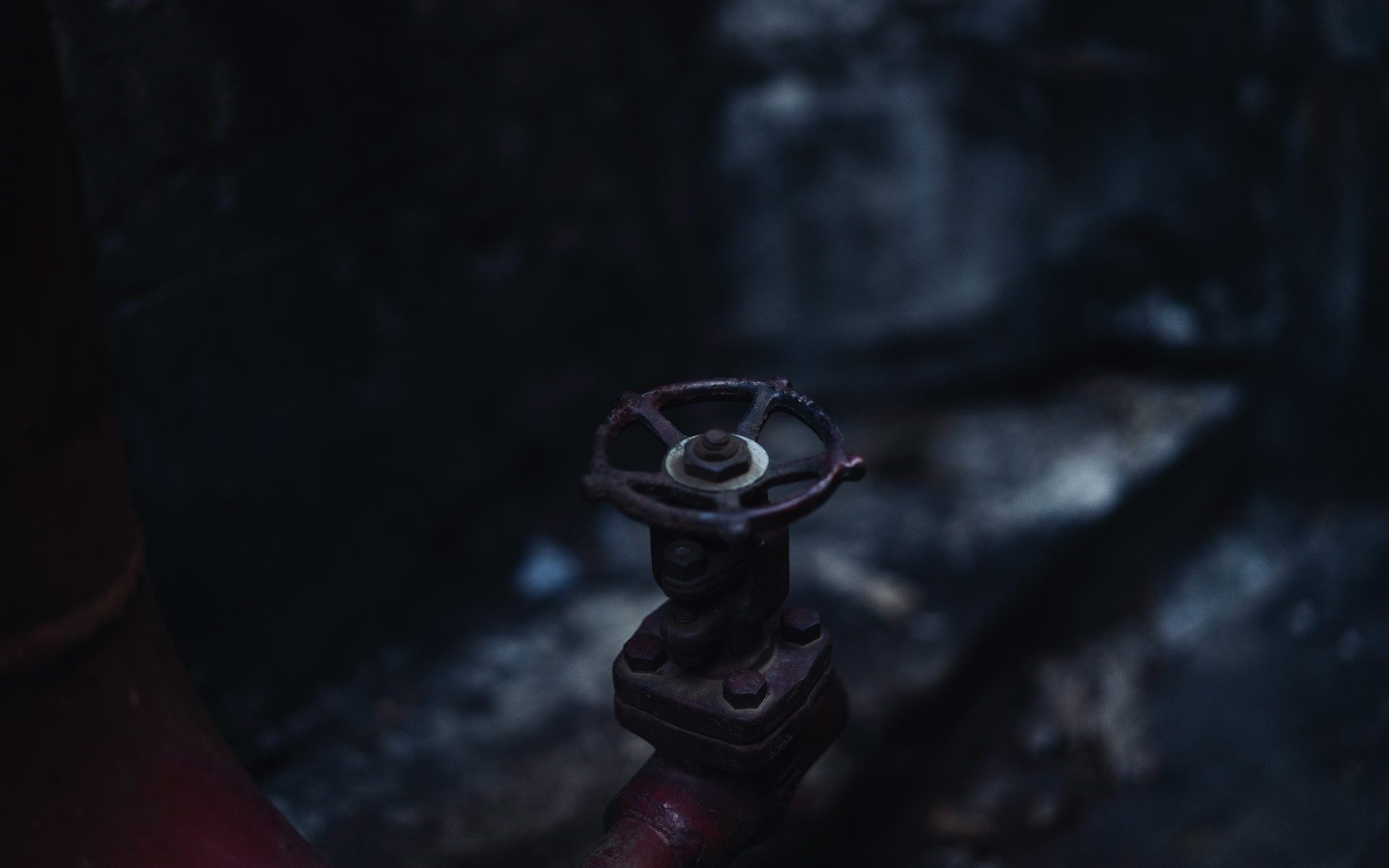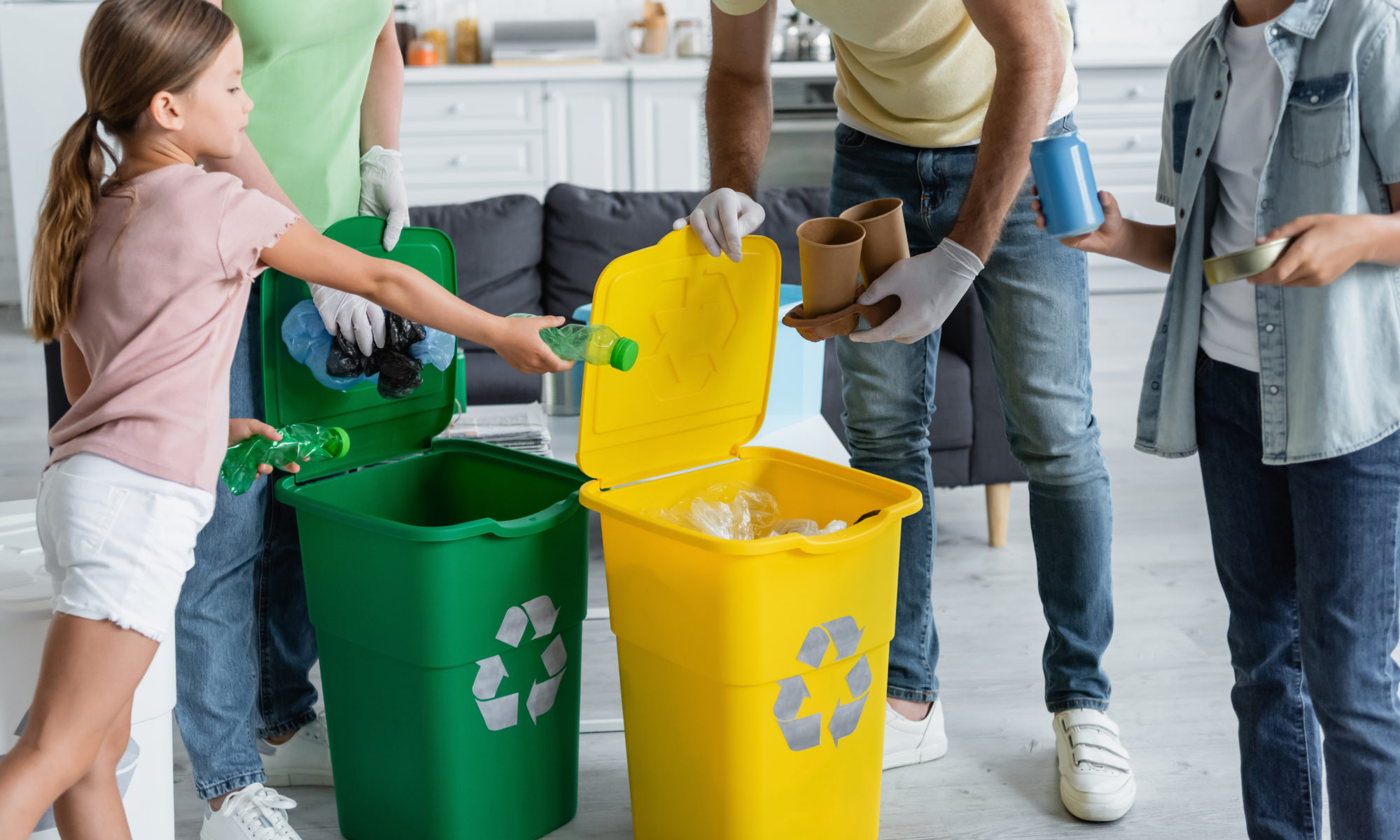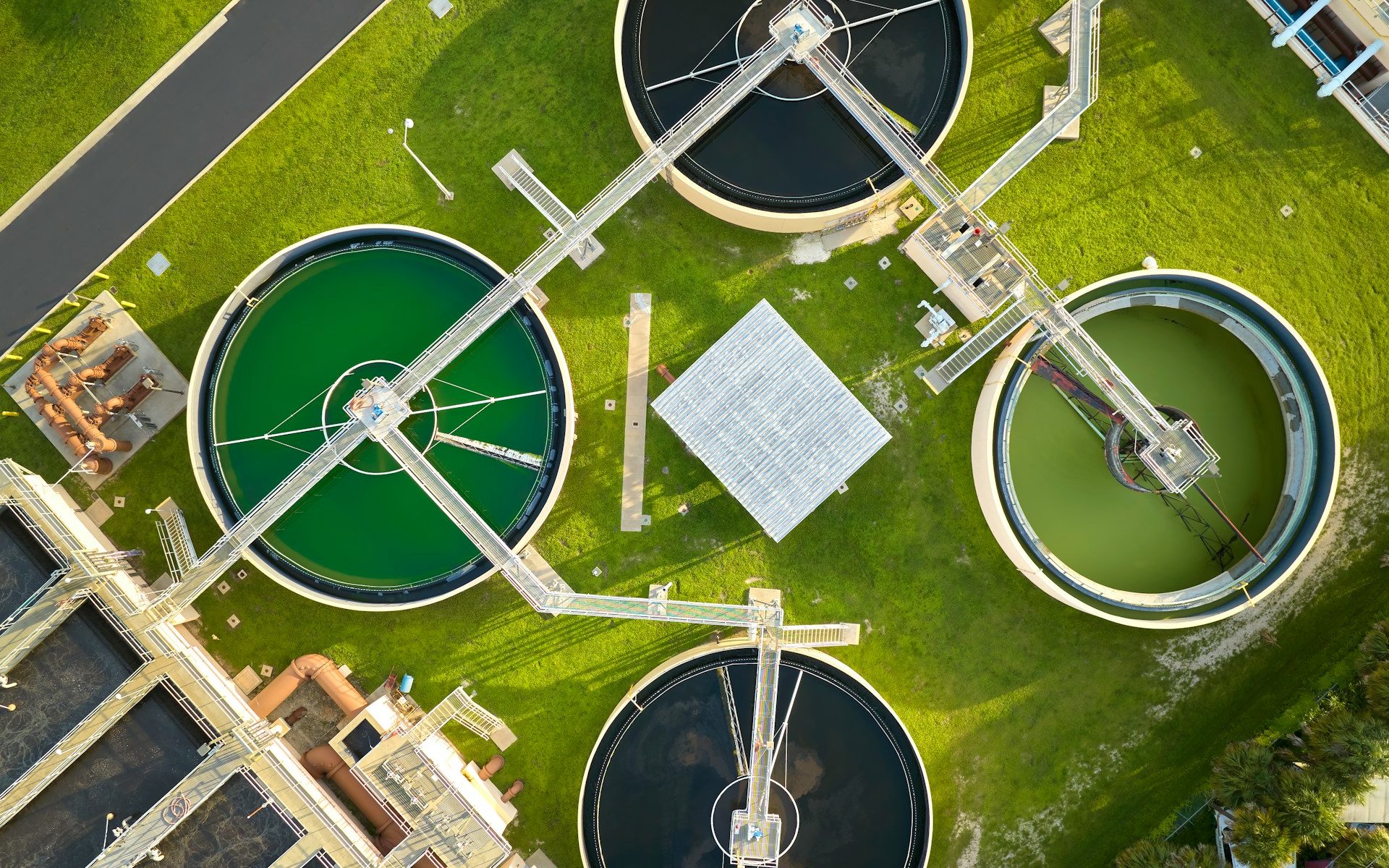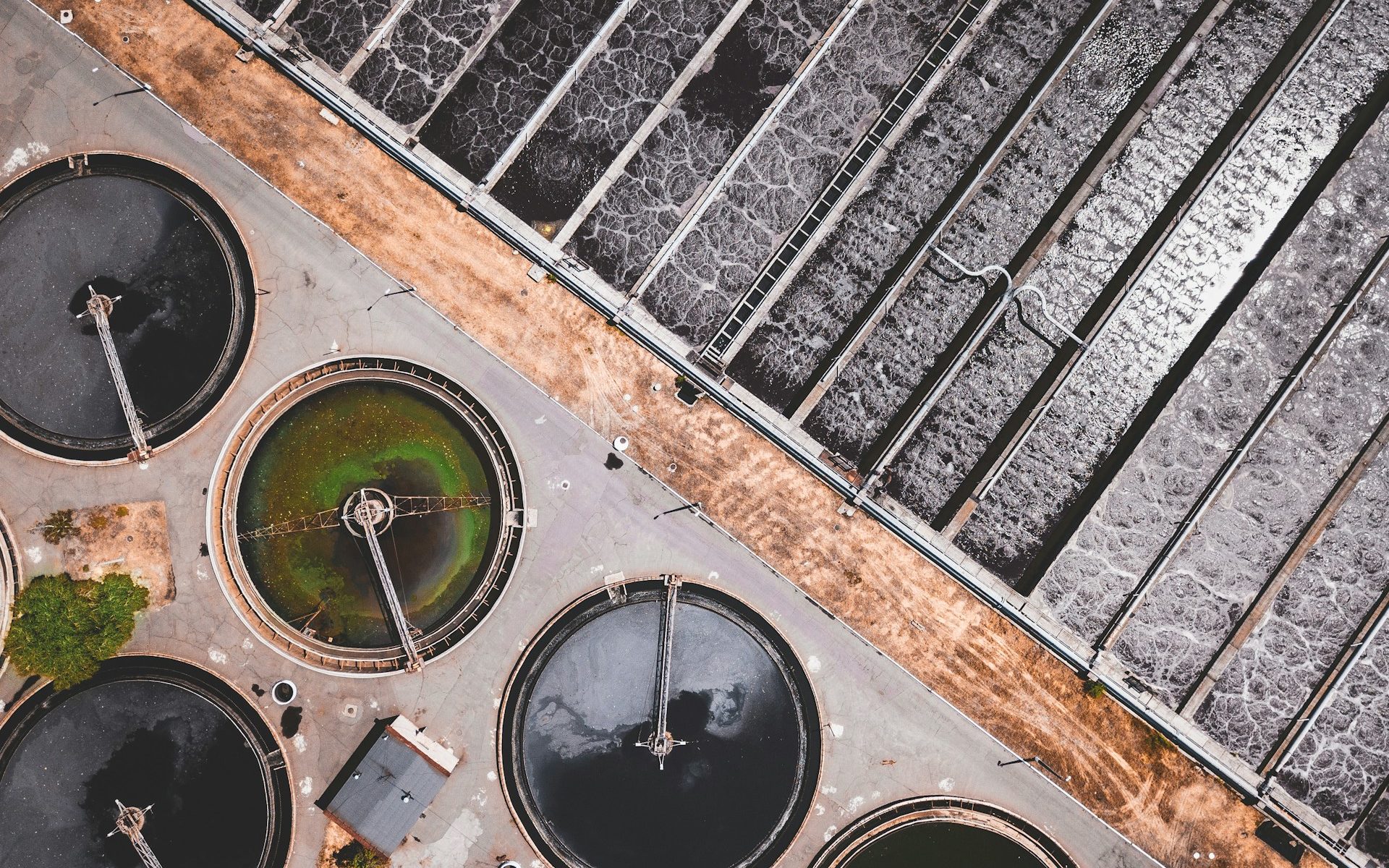Proper septic tank maintenance is crucial for homeowners looking to create a safe, sanitary living environment while effectively managing domestic wastewater. Septic tank systems consist of two primary components: the septic tank itself, where solid waste settles and begins to decompose, and the drain field, where the remaining liquid waste is gradually filtered through the surrounding soil.
These systems play a vital role in wastewater management for properties that do not have access to public sewer systems, making regular maintenance an essential aspect of responsible homeownership.
Neglecting regular septic tank maintenance can lead to many issues, including unpleasant odours, wastewater backup, environmental contamination, and costly property damage. Additionally, poor septic tank upkeep may result in non-compliance with local regulations and, in some cases, hefty fines or penalties. It is, therefore, in the best interest of every homeowner to implement a consistent and thorough septic tank maintenance schedule.
In this informative guide, we will delve into the key aspects of septic tank maintenance, including essential cleaning and inspection processes, best practices for prolonging the life of your system, and the benefits of engaging professional liquid waste management services.
Let WASTECO assist you in navigating the complexities of septic tank maintenance, helping you safeguard your property, protect the environment, and ensure a clean and healthy home for you and your family.
Key Components of Septic Tank Maintenance
To guarantee the efficient operation and longevity of your septic tank system, there are several core maintenance tasks that every homeowner should integrate into their routine:
- Regular inspections: Frequent inspections of your septic tank system can help identify potential issues early on, preventing more significant problems and expensive repairs down the line. Aim to have your septic tank inspected at least once every one to three years.
- Pumping and cleaning: Over time, solid waste accumulates in your septic tank, diminishing its capacity and performance. Regular pumping and cleaning of the tank can help maintain efficiency and prevent malfunctions. It is generally recommended to have your septic tank pumped and cleaned every three to five years.
- Monitoring drainage systems: The health of your drain field is crucial to the effectiveness of your septic tank system. Keep an eye out for signs of trouble, such as foul odours, damp spots on the ground, or an unusually green lawn, as these can indicate drainage problems that require prompt attention.
- Appropriate waste disposal: Being mindful of what you flush down your toilets and drains can help maintain the functionality of your septic tank system. Avoid disposing of non-biodegradable items, harsh chemicals, or excessive amounts of grease, as these can hinder the decomposition process and potentially damage your system.
Incorporating these core maintenance tasks into your routine will help ensure your septic tank system remains in optimal working condition, preserving both its longevity and efficiency.
Best Practices to Extend the Life of Your Septic Tank System
Effective septic tank maintenance goes beyond the key components mentioned above. To truly extend the life of your septic tank system and prevent issues, consider implementing these best practices:
- Conserve water: Reducing your household water consumption can help lessen the load on your septic tank system, allowing it to function more efficiently. Consider installing water-saving appliances and fixtures, fixing leaks, and using low-flow toilets to decrease water usage.
- Proper landscaping: Planting deep-rooted trees near your septic tank system can cause damage and infiltration as the roots grow into your tank and drain field. Ensure there is sufficient distance between your tank and any trees or shrubs.
- Avoid driving or parking on the drain field: Heavy vehicles can compact the soil and damage your drain field’s pipes, potentially leading to inefficient waste drainage. Keep cars, trucks, and other heavy equipment away from your drain field area.
- Use septic-safe cleaning products: Some household cleaners contain chemicals that can disrupt the bacterial balance within your septic tank, hindering the decomposition process. Opt for septic-safe cleaning products to maintain the efficacy of your system.
Implementing these best practices can significantly contribute to the longevity and overall performance of your septic tank system, offering long-term benefits and cost savings.
Understanding Septic Tank Regulations
In Australia, local councils and environmental protection authorities (EPAs) have specific regulations in place governing septic tank installation, maintenance, and waste disposal. These rules are designed to protect public health and the environment from issues arising due to improper septic tank management. Familiarise yourself with the regulations applicable to your area, as neglecting to adhere to them can result in fines, penalties, and negative consequences for both your property and the environment.
The Role of Professional Septic Tank Maintenance Services
While some septic tank maintenance tasks can be managed by homeowners, outsourcing the more complex and time-consuming aspects to professional septic tank maintenance services, such as WASTECO, offers several advantages:
- Expert knowledge and experience: Professionals possess the skills and expertise to thoroughly inspect, clean, and maintain your septic tank system, ensuring optimal efficiency and a long lifespan.
- Hassle-free maintenance: Outsourcing septic tank maintenance saves you time and effort, allowing you to focus on other aspects of your busy life.
- Regulatory compliance: Professional services are well-versed in septic tank regulations and best practices, ensuring your system remains compliant and in good working order.
Final Thoughts
Regular septic tank maintenance is an integral aspect of responsible homeownership and is crucial in preserving property value, public health, and the environment. By implementing key maintenance tasks, adhering to best practices, and considering the benefits of professional maintenance services, you can ensure your septic tank system remains efficient, functional, and compliant for many years to come.
Contact WASTECO today to learn more about our professional septic tank maintenance services, designed to help homeowners maintain a healthy, safe, and environmentally friendly wastewater management system.







